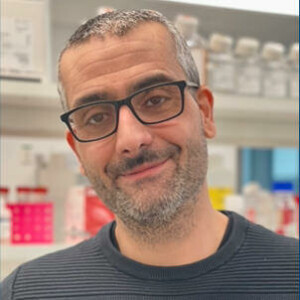Optimizing gene therapy delivery systems for Macular Degeneration in large-eyed animal models.
Bakgrund: As one of the leading causes of blindness in the western world, age related macular degeneration. The neovascular form of the disease caused by choroidal neovascularization (CNV), currently treated by anti VEGF agents. VEGF inhibitors show efficacy, but they are not free from adverse events. Gene therapy approaches could allow a sustainable therapy. However, the clinical translation of gene therapy strategies for nAMD is impaired by a lack of large-eyed animal models such a rabbit one, with compliance with clinical equipment and surgical procedures.
Frågeställningar: Can a large eyed animal model of nAMD be developed in which a sustainable therapeutic strategy by gene therapy can be optimized?
Arbetsplan: We aim to establish a model CNV in rabbits through subretinal implantation of extracellular matrix sponges infused with the secretome of constitutively hypoxic RPE cells. This will allow a closer mimicking of the pathologic conditions occurring during nAMD. In parallel we aim to test the diffusion and transduction ability through the RPE layer of two adeno-associated virus (AAVs) serotypes.
Betydelse: In Sweden approximately 100000 patients suffer from advanced AMD, especially among the older population. Anti-VEGF treatments will increase during the next years straining ophthalmology care. The development of a large eyed animal model of CNV will allow an easier transition of therapeutic gene therapy approaches into the clinic.

Karolinska institutet, Stockholm